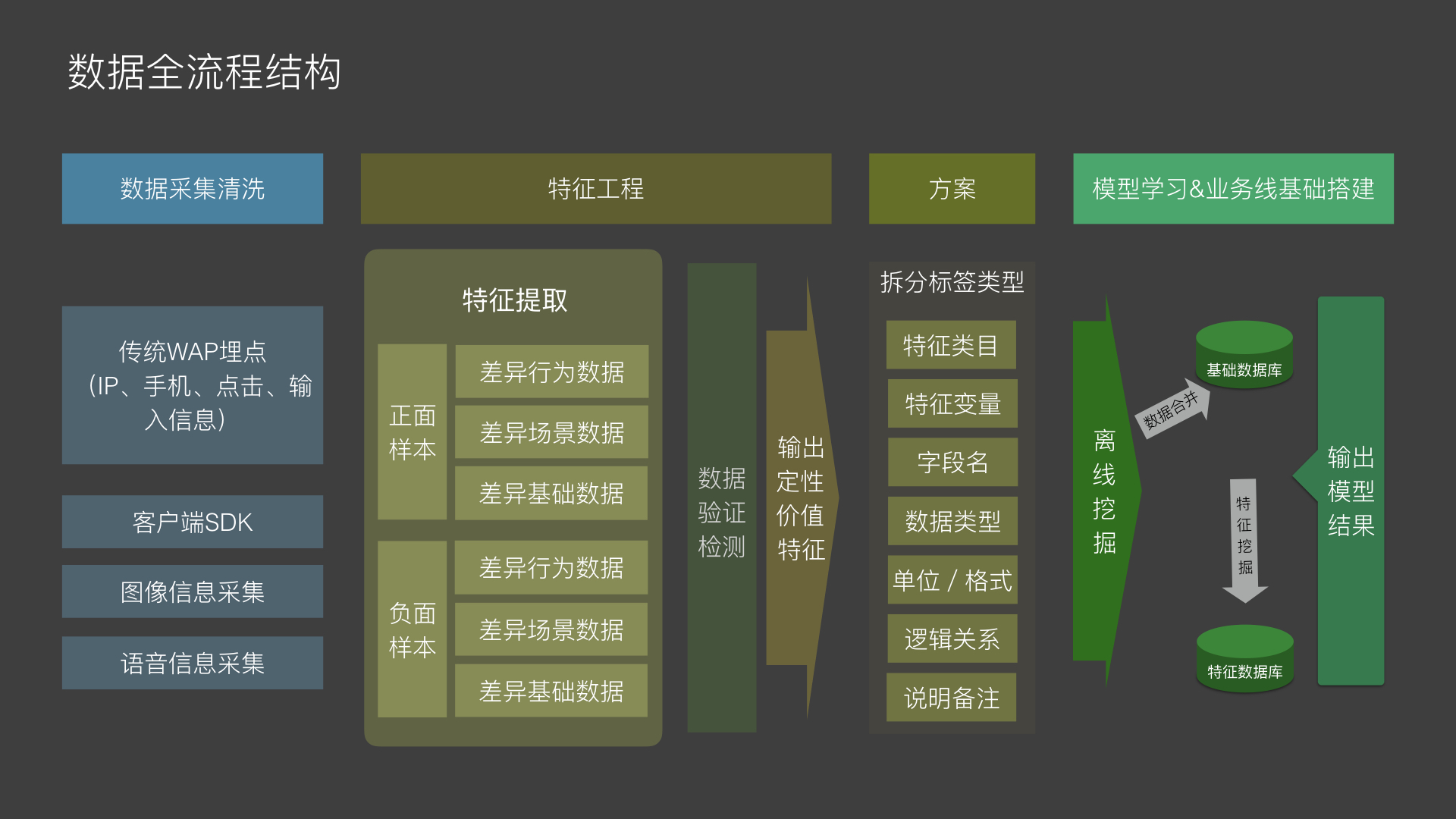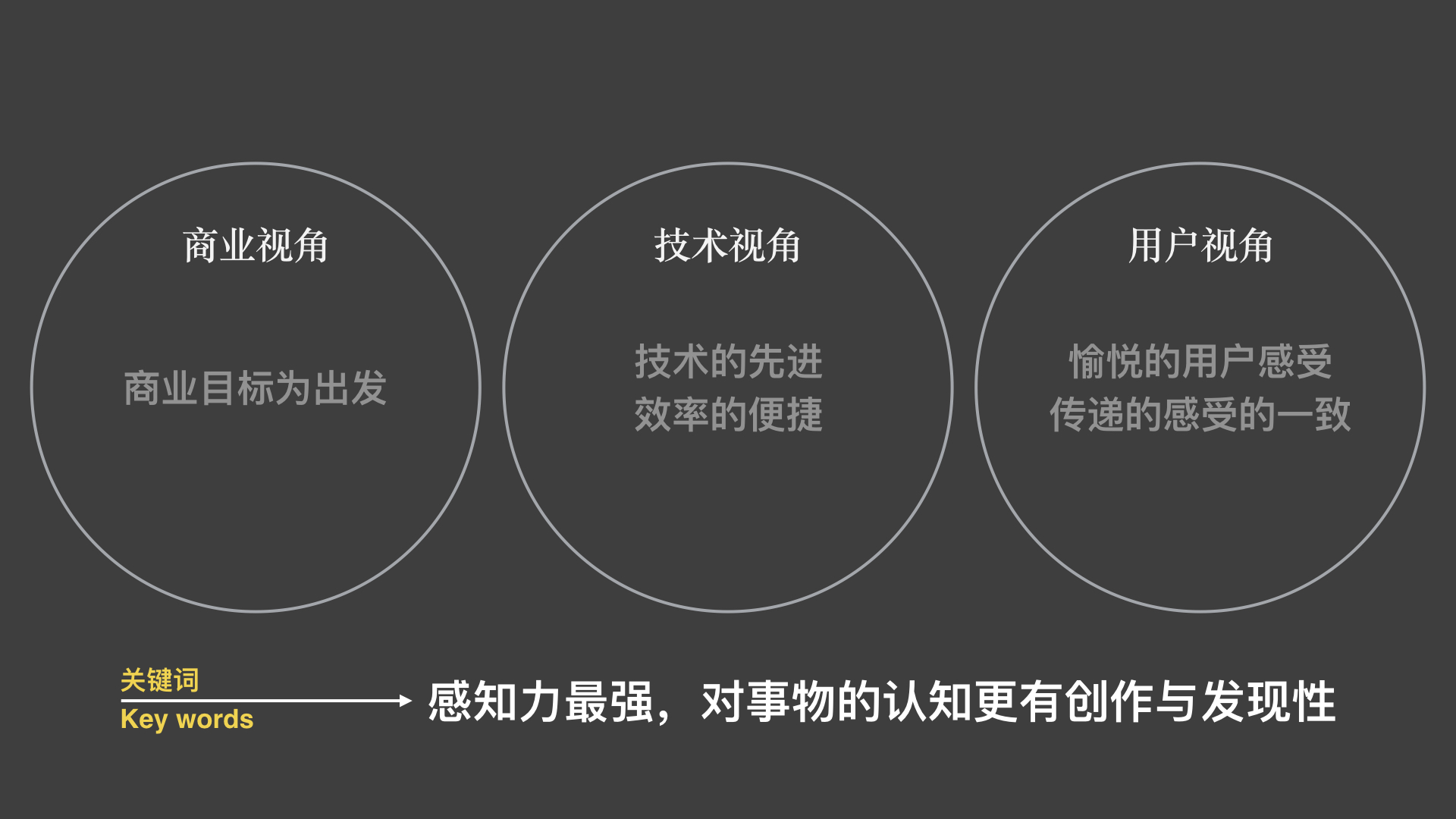-
 Sun Yue
NetEase
Senior AI Designer
Sun Yue
NetEase
Senior AI Designer
-

Wang Peng NetEase Design Manager
-

Zhang Hongwei NetEase Design Manager
Help designers transform their capabilities through big data mining
With the advent of the big data era, the application range of data has expanded from collection, calculation, mining, analysis, marketing and recommendation to more fields. Experience design is increasingly related to data, and as designers, we should not only present data more gracefully, but also think about how to truly apply good business models and landing schemes in life.
Then what are the differences and relations between data thinking and experience thinking? What opportunities does the trend of big data bring to designers?
Engaged in design for many years, there are managers who focus on the output, and new persons below who are more conscious and competent than previous ones. There are old people who lead the way before, and "Luban" who liberate more design time after. How should designers output and what is the value? Many designers feel the bottlenecks? And in the process of expanding design thinking, what kind of experience do we have?
From designer-->senior-designer--manager-->artificial intelligence design, along the way, each role transition will go through three periods: dependent period, independent period, mutual reliance period, and sum up several important support features.
In the workshop, the keynote speaker will analyze the scarcity and possible future value in the smart age around the two key words "exploration and perception":
1. Exploration: exploring tools, methods, products, users and industries, etc.
2. Perception: finding requirements, the most suitable design and completing value transformation in perception.
At the same time, the keynote speaker will also learn the working structure of big data with everyone:
I. Feature analysis
Positive sample/negative sample
1.1 Differential behavioral data
1.2 Difference scene data
1.3 Difference basic data
2. Feature extraction
3. Data validation and detection
4. Output qualitative value features
II. Splitting label types
III. in-depth study and business foundation building
1. Offline mining
2. Data merging: basic database
3. Feature mining: feature database
4. Data reporting and modeling
Through the whole working process of big data, we will explore the differentiated value that we have as designers, perceive from the perspectives of products, technology and user experience, and our cognition of things will be more creative and discoverable, and we must make these designers' characteristics give better play to their value in every detail of work. Besides, the speaker uses specific Netease cases to illustrate that it uses these two key words to pass through the so-called bottleneck period one after another, helping designers to use data to make decision-making about product design. In the workshop, we will discuss with you the confusion at each stage, and our carefully prepared problems will interact with the topics that you care about.
1. Ice-breaking interaction: self-introduction of keynote speakers, guests and participants
2. Content lead-in: different challenges in the four stages of designer-->senior designer-->manager-->artificial intelligence design
3. Case analysis: How should designers focus on "exploration" and "perception" to enhance self-worth and pass through the bottleneck period?
4. Interactive discussion 1: according to the working structure of big data, discuss what kind of preparations should designers make in the era of big data?
5. Interactive discussion 2: how to make corner overtaking and realize the value of designers in the war of values and discourse rights?
6. Guest sharing: Two senior design managers of Netease Youdao and Netease News share contents, analyze participants' questions, and give suggestions.
7. Interact with the participants and ask questions on the spot
1. Interactive designers
2. User researchers
3. Transformation designers
1. Learn about the value analysis of designers behind mature product projects of Netease from the perspectives of designers themselves and managers.
2. Think about and discuss the advance and reconstruction of artificial intelligence to the ability models of designers by artificial intelligence; how can designers adapt to product design in the era of AI?
3. Under the new technology background, the control ability of information integration and data analysis, design with data empowerment; deal with the positioning and coincidence of different roles of companies.
4. A mysterious design guide for everyone.
-
 孙月 - 人工智能决策过程
孙月 - 人工智能决策过程
-
 孙月 - 设计师能力升级
孙月 - 设计师能力升级
-
 孙月 - 网易贵金属
孙月 - 网易贵金属
-
 孙月 - 网易保险
孙月 - 网易保险








